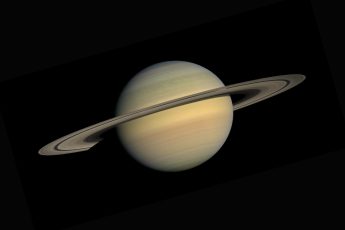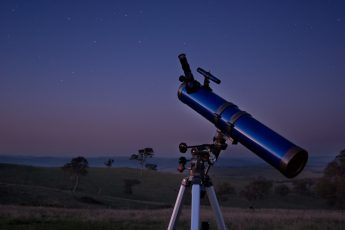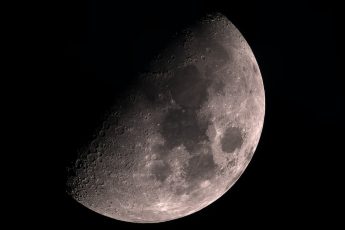How to Choose the Best Beginner Telescope
Beginner’s Guide to Buying Your First Telescope for Amateur Astronomy
Welcome to the wonderful hobby of amateur astronomy!
First time buyers often make costly mistakes when choosing a telescope, avoid these by reading this guide. Keep in mind that inexpensive telescopes are rarely quality products. Always make sure your budget fits a bit more in case you have to change or upgrade to a more expensive one.

How to Choose Your First Telescope – Buying Tips For Beginners

With so many wonderful beginner telescopes available on the market today, it’s easy for even the most amateur astronomer to get overwhelmed when trying to decide which beginner telescope is best for them. As an amateur, the key to choosing the right telescope for you is understanding the differences between all the various beginner telescopes.
When you understand these differences, you can choose the right telescope with the appropriate price. By knowing the key differences between all the various beginner telescopes, you can take the guesswork out of your beginner telescope purchase.
Understand the different types of telescopes

- Reflector
- Refractor
- Catadioptric
While the technology of the different types of telescopes has developed greatly over the years, the basics of telescope design remain relatively constant. In order to understand the different types of telescopes you need to know that there are two basic categories of telescopes and these are the refracting and reflectors.
Refracting telescopes can be thought of as “love” glasses where a light source is passed through a lens which bends the light as it passes through the lens. Reflectors are a bit more complicated since light passes through them in a straight line, but they still create a visible image through magnification.
Reflecting telescopes use light from the sun or other light sources to correct the position and alignment of the main mirror of the telescope. Refracting telescopes use a combination of gas and dust to create an image through lenses. For those that may not be familiar, each type of this telescope has an image plane that is different, which affects the objects view from different distances.
A popular refracting telescope is the Galilean satellites. This is made up of two Galilean bars, which are extremely sturdy for a refractor, and a central lens tube that are very thick to give a clear view of even small spiral galaxies. Another nice thing about the Galilean is that it comes with two eyepieces, allowing you to view Astronomy books at the same time if necessary.
The reflecting telescope, while not as thick as a Galilean, does come with two eyepieces, but is a bit heavier and does not come with a book. It also does not come with a central bar and would not be recommended for beginners.
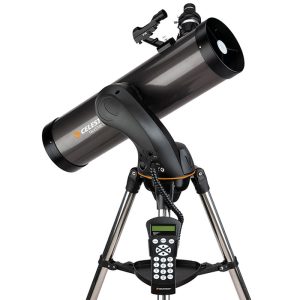
Telescopes can be categorized in two different ways: optical and mechanical. Optical telescopes are made up of one or more lenses, which focus a ray of light and allow it to pass through a very strong optical lens.
Mechanical telescopes are self-contained units which operate by bringing the focus into focus through some sort of mechanism. The mechanical telescope is a bit more complex than the optical one, since there needs to be some sort of housing that controls the focusing unit from the inside of the tube.
This is why many telescope designers prefer a combination of both types of telescope with an optical lens and a mechanical one so that they can produce a combination of the best possible results. Another common type of telescope is binoculars which use a single fixed objective lens which is mounted in front of a small telescope called prisms.
Understanding the different types of telescopes is important for anyone who is going to get a scope. You need to first understand that there are basic design differences which must be taken into account. This will allow you to decide whether it is better to buy a new one versus to purchase an older model that you already have.
Scopes come in a wide range of different prices and features, so you should take your time and compare the different types that are available to you in order to get the best deal possible. It might even be worth taking a trip to the local store to test out the different models in person. That way you will be able to tell if you like them before making any kind of financial commitment.
Know what you want your telescope to do
A lot of people, especially those starting out in astronomy are often wondering what telescope is the best to buy for a beginner. This is actually not as hard to answer as one may initially think. It is a good idea to first have a good idea of what you wish to use the telescope for, and how you plan to use it.
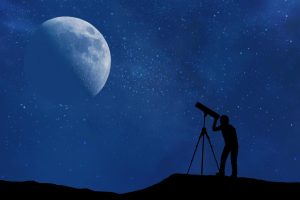
For example, if you plan on using it as a scope for large telescopes, then you are probably going to want a relatively large primary mirror. And if you are planning to use your new telescope as a tabletop telescope, then you will most likely want a smaller primary mirror. These are only a few examples, and the list goes on.
Do you want to see galaxies and nebulae?
A lot of people have asked me how to see galaxies and nebulae in telescope. When I told them that it is very easy for a beginner to see galaxies and nebulae in telescope, they were surprised to learn that it is true. There are a lot of websites on the internet that can help you see the beauty of galaxies and nebulae in telescope.
In order to do this, you will first need a computer with a good graphics card and high resolution screen. You will then need software that is capable of displaying images in high definition. This software should be able to fit on a laptop and should not require a high-powered PC to run.
Once you have this powerful software, you should be able to find a site that offers a tutorial that can show you how to see galaxies and nebulae in telescope. If you do not find any tutorial that shows you how to do so, you should spend some time finding the next best website that offers a tutorial on how to see the beauty of the universe in high definition.

Once you found such tutorial website, you should then proceed to download the software on your computer. When you have downloaded the software, you should then install it. The installation might require you to restart your system but after it was installed, you should be able to see the tutorial immediately.
After that, you should use the software by using the controls on the left of the screen and you will find the distance and the time that you are at. In order to learn more about controlling the telescope, you should read the instructions on the screen. The first few times that you learn to do this, you might find it complicated as you cannot seem to get the right setting that you desire. But with time and patience, you will be able to adjust the settings to see the right image.
Do you want to see planets, moons, and comets?
As a beginner, you may not understand how to see planets and comets with your own telescope. You may be wondering what the attraction is and how it relates to your telescope. There are a couple of things that come into play with this subject. You need to understand the basics of how to see such objects and also you need to learn what type of telescope will best suit your needs.
If you want to really learn how to see planets and comets, you have to get a good education in astronomy. You can learn all about this subject from a number of different sources. You should find out all you can about how to read an astronomy book, about the stars, and how to use a computer to find star diagrams and charts. You may also want to spend some time looking through an online astronomy website.
It is important to be able to use your telescope to learn all about the different elements of the solar system. These include the planets, comets, and even the stars. All of these parts of the solar system interact with one another and it is important for us to understand this. You can use your telescope as a tool to explore the outer reaches of the universe. This is an important part of learning about the universe and can give you a perspective that you might not have had otherwise.
What to look for when choosing a beginner telescope
Fixed or adjustable mount
You will need to decide whether you would like a fixed or adjustable mount. Fixed mounts are the easiest to use as they are very simple and use no other parts of the camera. For an example, you will find the 6se lens in a fixed mount. Adjustable telescopes, often called solar yard scopes, are a little more complex than fixed ones, because they have an optical tube and a focuser. The focus enables you to vary the magnification, and it is this setting which is essential when choosing a scope.
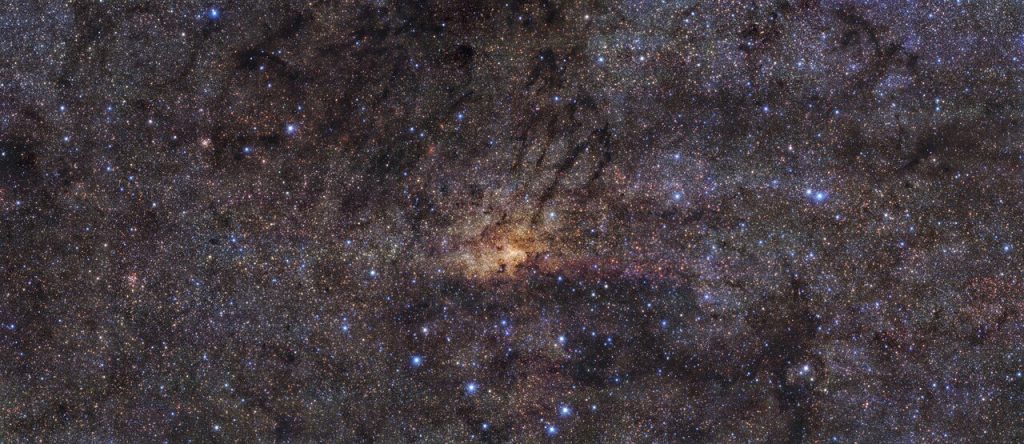
Although they may be more complicated to use than a fixed scope, they also have a higher magnification than a fixed lens. Once again, you need to select a model with a high magnification so that you can get high quality images, especially if you plan to photograph nature. Although they tend to have less resolving power than their fixed counterparts, they allow for greater object resolution and are great for taking clear images of the moon and other celestial objects.
Lens type
Not only is the lens diameter important, but it also affects the image resolution and the quality of images that the telescope can produce. Most amateur astronomers use eyepieces that have a focal length of about eight inches. The shorter focal length results in much wider fields of view, which makes these telescopes perfect for observing faint stars and other natural objects in the night sky. However, if you plan to use your new telescope to observe large land masses, planets, or galaxies, then a telephoto lens is your best option.
Focal Length
Different telescopes have different focal lengths. For example, some can focus at a distance of about five miles while others are capable of viewing over a hundred miles. The focal length affects your ability to observe objects at great distances, so if you’re a beginner telescope buyer, be sure to choose a focal length that matches your viewing needs. Remember that the larger the aperture, the more power you need to see the objects at a good distance; therefore, a high magnification is always a good idea for the first telescope you buy.
Lens Vs Reflector telescope
In the discussion between aperture and a lens for your telescope, you have to know that the term “Aperture” is defined as the measurement of the width of the light aperture of a given telescope. Usually, an aperture is measured as the diameter of the circle of the primary lens, multiplied by the focal length of the telescope.

The wider the aperture, the greater the diameter of the primary lens and its magnification power. The term “Reflector” refers to the portion of a telescope’s lens that focuses the incoming light. A lens and reflector in telescopes are basically the same thing.
Reflectors make light rays diffraction-free and usually do not have any coating on them, so they focus light accurately and provide high magnification. There are no vented surfaces on a reflector either, which is perfect for an open field such as space, or an astronomy museum where the reflector could be left up without any protection from the elements. Lenses, on the other hand, have their own protective coatings that are usually filled with gas to stop dust and moisture from damaging the lens.
Both types of telescopes have their advantages and disadvantages. For instance, reflecting a faint image through a large aperture can create an effect called aberrations which makes the image blurry. Aberrations are most common with deep-focus lenses, but even then they are not common. However, for large aperture research projects, the larger the reflector the better since it would be easier to focus and get a good image.
Different brands of beginner telescopes

When it comes to buying a beginner’s telescopes, there are literally hundreds of different choices that you will have to make. The main thing that most people look at is the price, but this can sometimes be a mistake as well. You want to make sure that you get a good quality product that will last, so what are the main brands of beginner telescopes? There are a few different ones that stand out and have been consistently reliable and top sellers for many years.
The top 6 brands of telescopes for beginners include:
- Orion
- Celestron
- Sky-Watcher
- Infinity
- Meade
- Zhumell
Zhumell’s portable 60mm refractor telescope is great for viewing bright objects or the moon;
Celestron’s 90mm refractor telescope is ideal for viewing distant objects on the horizon;
Sky-Watcher’s 127mm reflector telescope is the best choice to view planets
Beginner telescopes ensure that you can see celestial bodies properly. While the main brands of beginner scopes may be pretty good, you should still be careful when choosing one as they are all similar in some way.
Your price range and what you are willing to spend
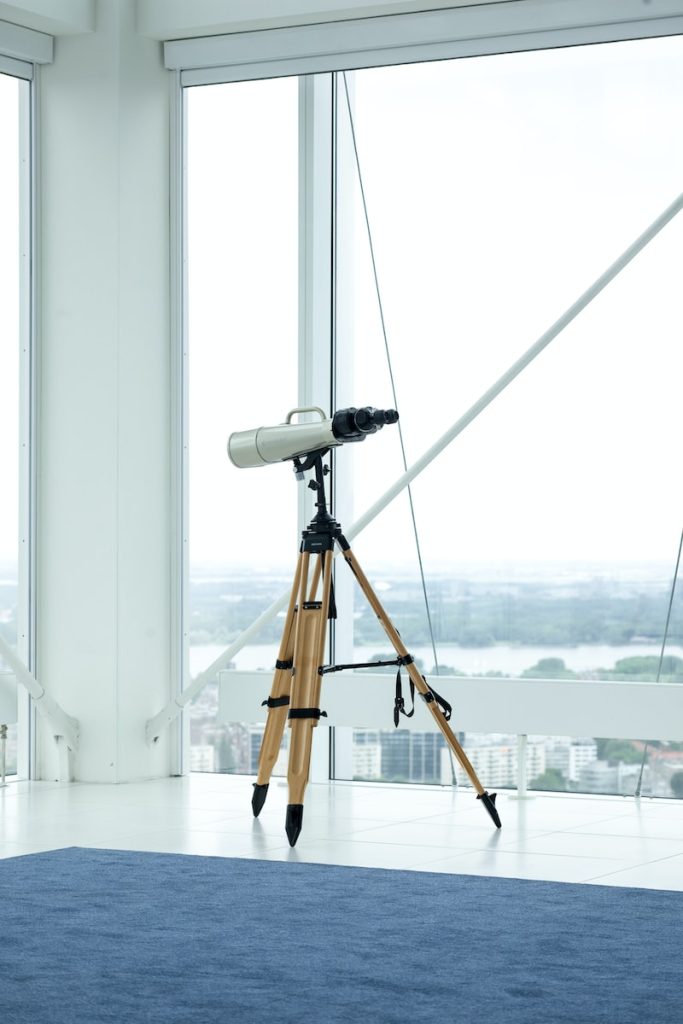
If you are a beginner in astronomy and you just purchased your first amateur-grade telescope, you’ll need to determine the price range for beginner telescopes. Amateur astronomers who are just starting out may be happy with a fixed price in mind, and if you are one of these people you may be tempted to wait and find that your first telescope doesn’t work quite right or that it’s just not the right size for your needs.
It’s never a good idea to “set and forget” when it comes to buying a telescope, but at the same time it’s not a good idea to overspend. Wait until you have more experience and more money to purchase better telescopes.
In order to determine how much to spend on beginner telescope you need to do some shopping around, and if possible try out several different brands and models before making a final decision. There are some basic guidelines that you should consider, such as the size of the aperture (or diameter) of the telescope, the maximum diameter that a telescope can achieve, and the diagonal of the viewing area.
You’ll also want to consider how large the primary mirror is, and this will affect how much you can purchase a telescope with a given primary mirror. Finally, you’ll want to think about the accessories that come with your purchase and how much they’ll cost as well.
The final factor that goes into determining how much to spend on beginner telescopes is how much you can afford to pay. Remember that even the most expensive brands and models will still be relatively cheap when compared with the cost of a professional instrument. A binocular lens can cost several hundred dollars, and you could easily spend a thousand or more on a good digital camera, tripod, and other equipment.
For this reason it’s important to know what your budget is first, and then you’ll be able to figure out how much to buy based on that. Once you’ve determined your budget, you’ll be better equipped to choose an instrument within that price range.
Conclusion: Consider all the factors and buy the best telescope for beginners
If you are a beginner who is very eager to buy the best telescope for beginners, you need to take note of this little piece of information about telescope types. The first type, you should learn to buy is the Galilean telescope. It is the cheapest among all three and it has a fairly wide field of view.
As a result, you can use this type of telescope for many amateur astronomers who are just starting to explore the heavenly skies. However, if you are a serious beginner, then you should buy something else, because a Galilean telescope has a very narrow field of view and this will limit your observing opportunities.
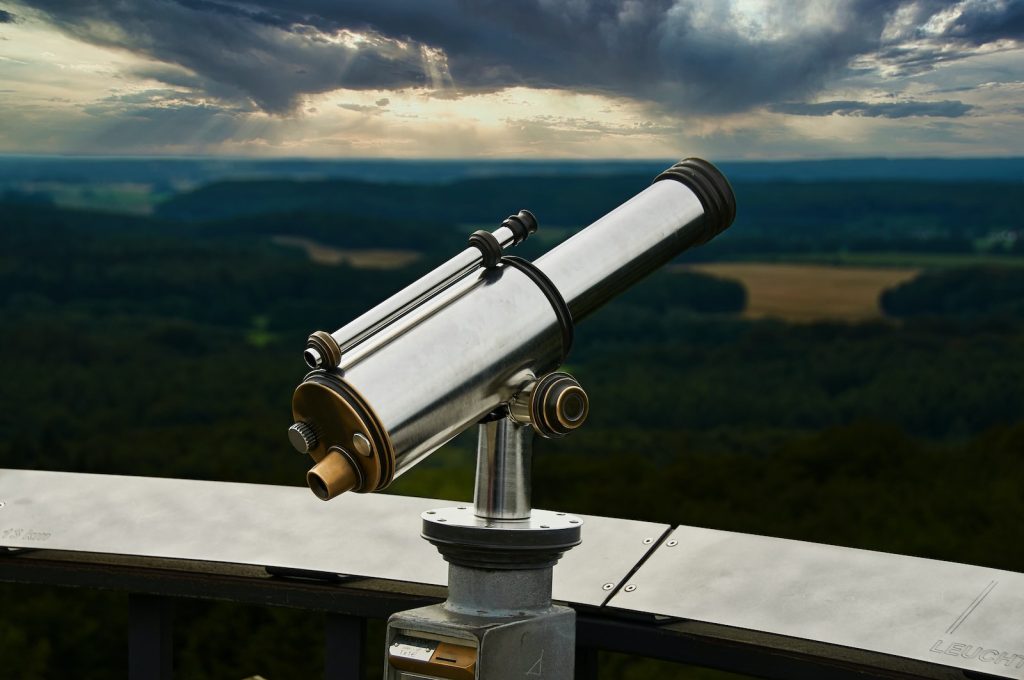
It is not that different from other Galilean telescopes in the Galilean family, so there really is no specific name brand when it comes to these models. What you really need to do is to buy a telescope that matches up to your field of view and you can always check out the user’s guide or the instructions manual of the model if you have one handy.
A good idea would be to buy a starter mount and then attach a telescope with a wider field of view towards the starter mount in order to test it out before buying the best telescope for beginners. If you are more interested in things like coma correction, then you will probably be more interested in a smaller telescope.
Once you know which type you want to buy, the sky is the limit and there really is no limit. Do not be too hasty to buy the best telescope for beginners because you might end up wasting money on a model that is too expensive.
Beginners can find great deals online and in local stores, but the best way to get started would be to visit an astronomy club or a local telescope shop, where you can talk to professionals who are willing to answer your questions. After all, you never know what you will learn when you ask a real expert such as someone who has been there and done that.

